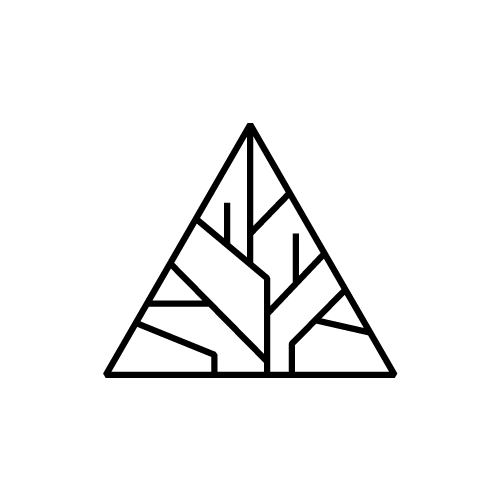Topology changes of the regenerating Hydra define actin nematic defects as mechanical organizers of morphogenesis
This article has been Reviewed by the following groups
Discuss this preprint
Start a discussion What are Sciety discussions?Listed in
- Evaluated articles (preLights)
- Evaluated articles (Arcadia Science)
- Multiple group peer review and curation (scietyHQ)
Abstract
Hydra is named after the mythological animal for its regenerative capabilities, but contrary to its mythological counterpart, it only regenerates one head when cut. Here we show that soft compression of head regenerating tissues induces the regeneration of viable, two headed animals. Topological defects in the supracellular nematic organization of actin were previously correlated with the new head regeneration site 1 . Soft compression creates new topological defects associated with additional heads. To test the necessity of topological defects in head regeneration, we changed the topology of the tissue. By compressing the head regenerating tissues along their body axis, topological defects of the foot and of the regenerating head fused together, forming a toroid with no defects. Perfectly ordered toroids did not regenerate over eight days and eventually disintegrated. Spheroids made from excised body column tissue partially lose their actin order during regeneration. Compression of spheroids generated toroids with actin defects. These tissues regenerated into toroidal animals with functional head and foot, and a bifurcated body. Our results show that topological defects in the actin order are necessary to shape the head of the regenerating Hydra, supporting the notion that actin topological defects are mechanical organizers of morphogenesis.
Article activity feed
-

Our results show that topological defects in the actin order are necessary to shape the head of the regenerating Hydra, supporting the notion that actin topological defects are mechanical organizers of morphogenesis.
This is a really cool study of the role of mechanosensing and actin in regeneration using a very cool model! I also really enjoyed all the microscopy images. Looking forward to learning more about Hydra and actin in future papers!
-

To test further the requirement of actin-defects, we next turned our attention to head-regenerating tissues that failed to regenerate under compression
I like the use of these for comparison! It's cool that you have built-in examples of when things didn't work to use for a comparison like this.
-

360° light-sheet microscopy confirmed the toroidal topology of the persistent non-regenerative tissues, hereafter called toroids.
Woah cool images!
-

Head-regenerating tissues inherited the actin nematic order, with a single topological defect on the basal disc, and longitudinal fibres expanding towards the regenerating wound
It might be helpful to annotate an image with what these different things look like or add arrows to the existing figure for folks who aren't as familiar with looking at these images.
-

orientation of head-regenerating tissues impacted the phenotypic distribution more than increasing agarose stiffness
This is somewhat related to a previous comment, but is the orientation of head-regenerating tissues affected by agarose compression? It's not super clear from the data in extended figure 1a, but it seems like it could be somewhat related since at 0.5% AC there's only lateral orientation.
-

d,
It seems like there's quite a bit of phenotypic variation even between these 2 examples of biaxial, could this variation be meaningful?
-

Uniaxial animals with ectopic tentacles were also observed (25% at 0.5% AC), similar to the ectopic tentacles observed in weak Wnt3 overexpressing mutants
It might be worth showing what this looks like (especially compared to the biaxial ones) in the main figure since you do have a portion of organisms with this ectopic tentacle phenotype.
-

e observed that under the softest 0.5% agarose compression (0.5% AC), all head-regenerating tissues oriented laterally
Is this expected? Is it because they're less squished so they have room to orient? Just wondering about the biological significance
-

Excerpt
From Actin Disorganisation Comes Tissue Organisation - Ravichandran et al. show actin defects predict whether Hydra returns with one head or two.
-
